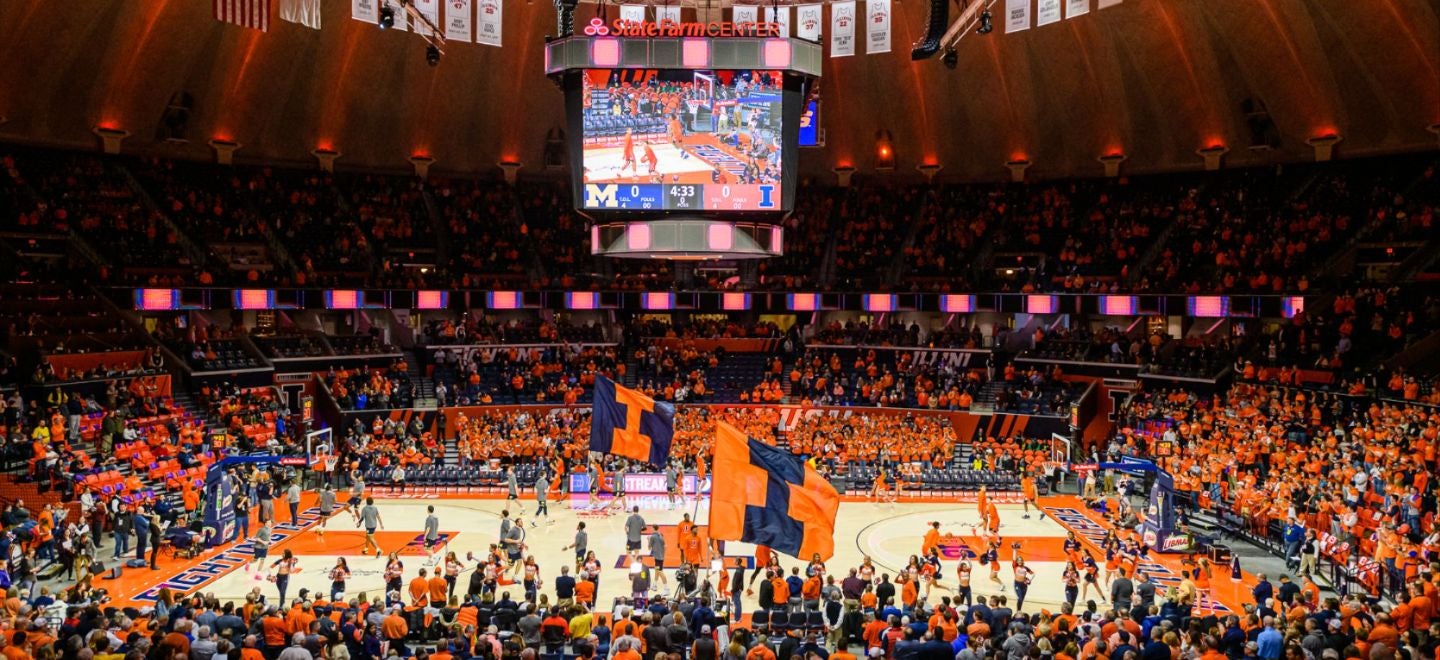Obesity in America

About one fourth of the adult population in America–40 million people–are considered obese, and the rate for child obesity has doubled since 1980, with over 12 million overweight children.
Much of this drastic jump may have to do with the media’s recent portrayal of fast food chains. Flip on the TV and the first few commercials that pop up are of a juicy burger covered in bacon bits, hot sauce, and mayonnaise. Next to the burger stands a heaping glass of Cherry Coke, bubbling to the brim just waiting on its next refill.
Amy Boscolo, health teacher and track coach at Urbana High School, believes that media is very influential in our society’s love of fast food. She says, “We, as consumers, need to be educated about our choices and be aware of marketing strategies. The media does not shop for us, cook for us, or force us to eat. There is an excessive amount of fast food that is filled with large amounts of empty calories and minimal nutrients. Portions of food have increased over the years and are extremely disproportionate and unnecessary.”
The “empty calories” that Boscolo discusses are calories from fats and sugars. They lack the essential nutrients that our bodies need–like vitamins, fiber, and amino acids. Empty calories can be found in soda, cookies, ice cream, white bread, margarine, and alcohol. While these foods are marketed as “flavorful” many contain artificial components, like hydrogenated oils, preservatives, MSG, fillers (such as cellulose), and refined sugars (like high fructose corn syrup).
Here at UHS, the struggle to eat healthily applies to many young adults. Boscolo reveals that most students in her classroom eat fast food. “Students know that Cheetos dipped in melted, processed cheese is not healthy and doesn’t provide nutrients, but they prefer that food over fruit with yogurt. It’s unfortunate that most students do not know how awful that choice is, and will not understand it fully until later in life.”
While it may seem easier for students to pick fast food over health food–as it is accessible and cheap–eating burritos, burger, nachos, sodas, and chips every day for lunch has major effects on young adults. Mayonnaise and french fries contain hydrogenated oils, which will build a layer of fat over muscle. The high doses of cholesterol will coat the walls of one’s arteries, making blood flow more difficult, which can lead to heart attacks and strokes.
Many of these fast food options are deceptively marketed as “healthy” such as the salad options at McDonalds. While most individuals judge a salad to be nutritious, vegetables lose much of their nutritional value when they are drowned in dressing and cheese. McDonalds’ Mighty Caesar Entree with Warm Crispy Chicken and Renee’s Mighty Caesar Dressing weighs in at 700 calories. It contains 54g of fat and 1620 mg of sodium.
Jimmy John’s is another food business that may trick customers into thinking they are eating right. With heavy doses of processed meats, mayonnaise, and cheeses, these sandwiches are much more unhealthy than they may appear. The Italian Night club is 948 calories, containing 50 grams of fat, 99 mg of cholesterol, and 2165 mg of sodium.
Bailie Roy, a senior at Urbana High School, was fooled by Jimmy John’s “healthy” sandwiches before she did some research. She says, “I always thought Jimmy Johns was a healthier fast food option, but I was wrong. I looked at their nutrition facts one day and the mayonnaise itself is almost 300 calories and 20 grams of fat!”
Roy’s realization goes to show that many young adults unknowingly eat empty calories throughout the day, when a bit of research could completely change the way one views his or her diet. With obesity being 80% diet-related and 20% exercise-related, simple changes in meal plans can drastically alter one’s figure.
Aside from weight-gain, unhealthy foods have been scientifically proven to cause over-eating, depression, and anxiety. A recent study led by scientists from the University of Granada proved that those who eat junk food are 51% more likely to become depressed than those who eat healthier options. The study also concluded that individuals who prefer fast food are more likely to be single, develop bad eating habits, and feel unmotivated.
On the other end of the spectrum, it has been proven that exercise stimulates endorphin production, releasing positive energy to those who work out. Staying active often lifts one’s mood, building up self-esteem and feeling more energetic throughout the day. Eating right and exercising every day is a great way to feel positive and fit.
Boscolo has some wonderful tips for staying in shape. She suggests, “Food and activity logs are a great way to hold yourself accountable to what you are eating and burning. I use the My Fitness Pal app, to log my exercise and food. It counts calories for me so I can maintain my weight. After a few weeks, it’s easy to step on the scale and see if you are making progress.”
Young adults can avoid becoming overweight by eating a balanced diet–five servings of fruits and vegetables, two servings of dairy foods, two servings of meat/fish, and a small amounts of fats–while exercising for at least 30 minutes a day. Staying fit has many emotional and health benefits, as well as an appealing physical appearance. Be sure to research the foods you eat before you try them, and above all, stay informed of what you put into your body!










I really like this article Hannah!